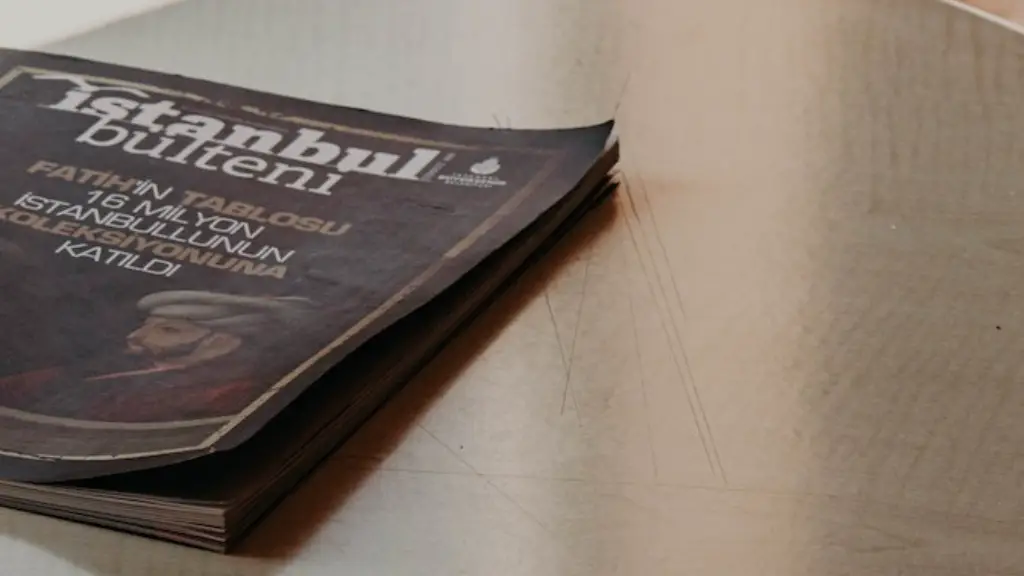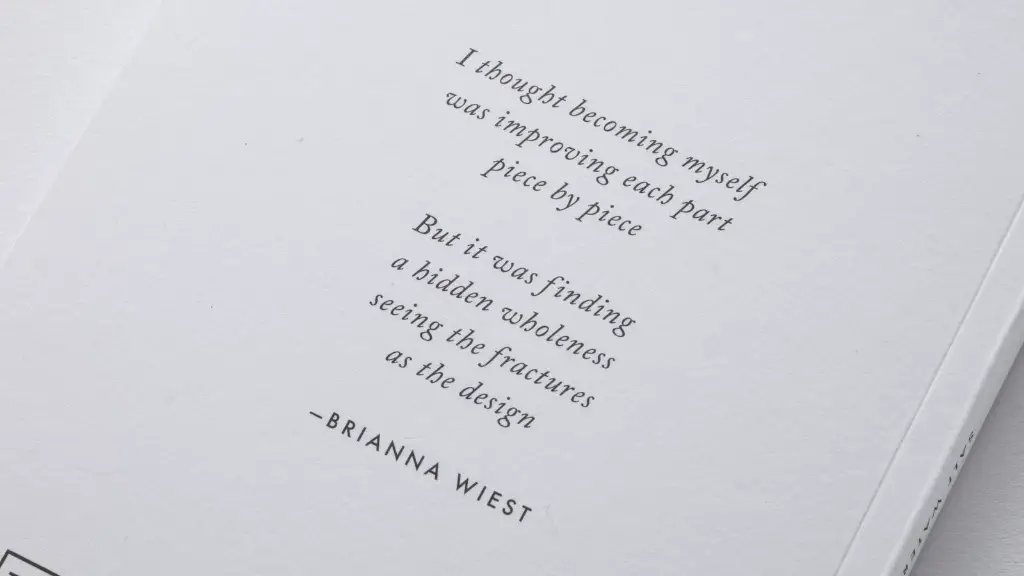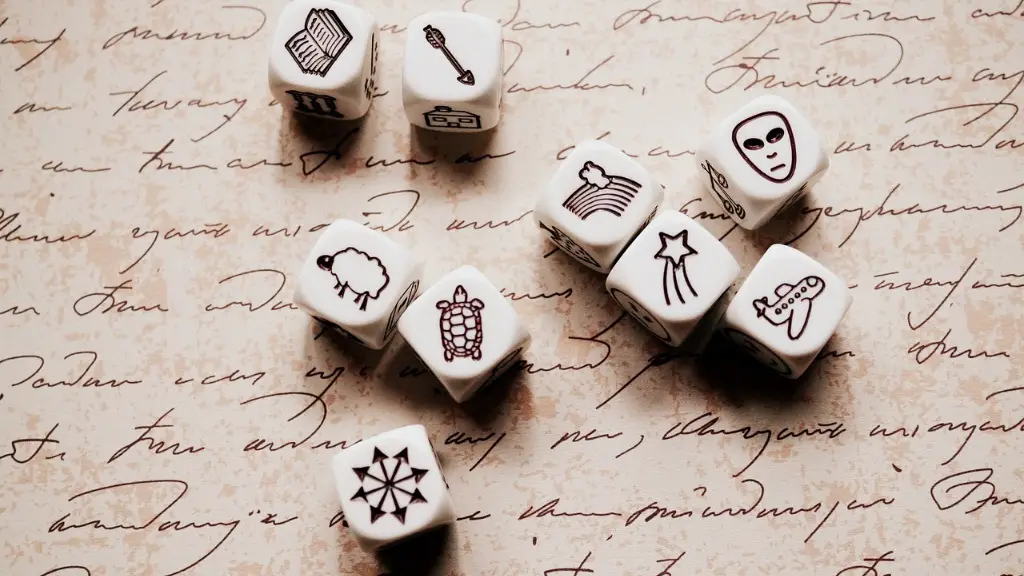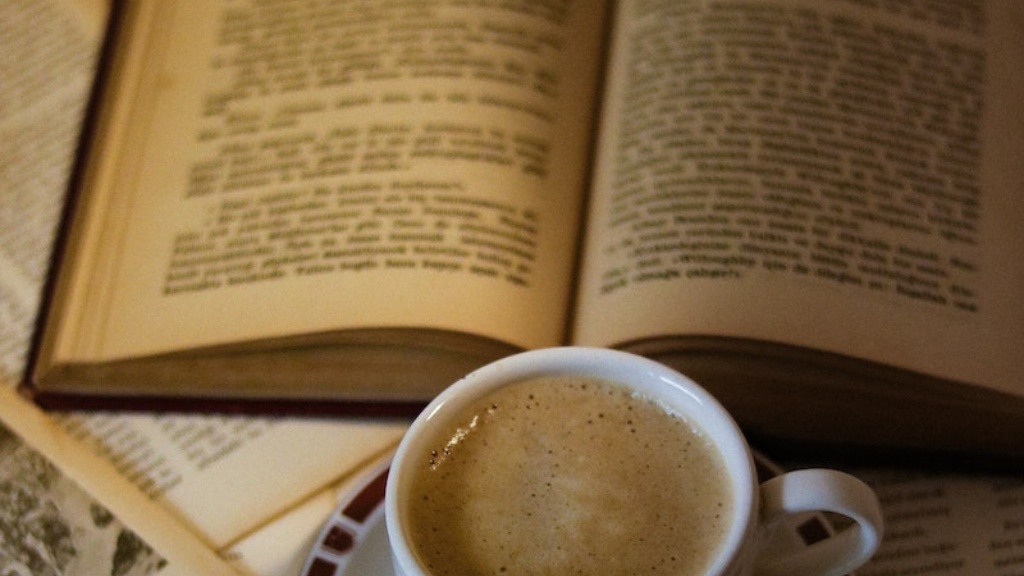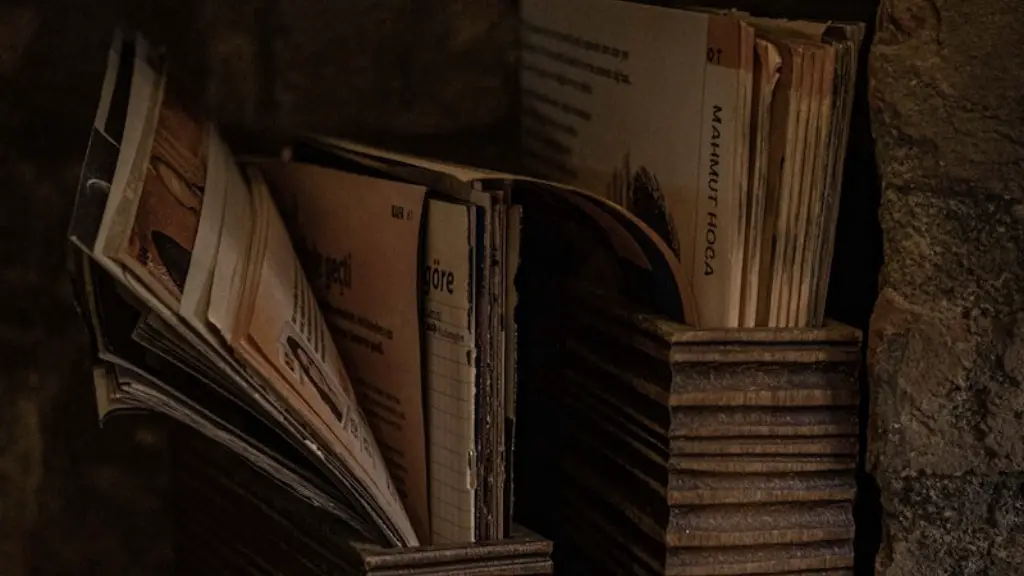Poetry art is an expression of the human experience and it represents a unique form of literary narrative. It can be seen as a way to express feelings, emotions and beliefs in creative and meaningful ways. Poetry can be a powerful tool, offering insight and reflection on life’s tough moments. Poetry can help people navigate the complexity of life.
Poetry, in its broadest sense, encompasses all forms of creative writing – ballads, sonnets, lyrics, epics and more. Each of these forms has its own distinct characteristics and benefits, though all of them seek to communicate ideas in a more meaningful and powerful way.
The purpose of poetry art is to move readers with its profound insights and universal emotions. It communicates ideas and values, often in profound and complex ways. Poetry encourages readers to explore their own emotions and thoughts, potentially leading to heightened understanding and more meaningful engagement.
At its best, poetry art is both intensely personal and deeply connected to the shared experiences of readers. It is often used to capture and process experiences and feelings which are difficult or challenging to express in words. In this way, it can be seen as the art of healing and comfort. Poetry can ease the pain of sorrow, celebrate the joys of happiness and ultimately, bring peace to our hearts and minds.
From an artistic perspective, poetry art also seeks to not just convey meaning but to create a kind of beauty as well. Poems have a certain elegance to them that is particularly unique. Through the use of symbols, metaphors, and figurative language, they bring beauty to complicated emotions, allowing readers to explore their own life experience in more vivid and entrancing ways.
The form of poetry art varies greatly from writer to writer, but it follows certain structural rules nonetheless. Rhyme, meter, and alliteration are all key elements that help organize poems into neat and comprehensible forms. By using these elements, writers can provide a new level of clarity and understanding to their expressions.
The skills required in poetry art also provide an avenue for self-expression and development. Through developing an understanding of its various techniques and conventions, readers can gain an appreciation for the craft. In this way, readers are able to become more connected to their own feelings and thoughts while also experiencing the creativity and beauty of another.
Poetic Devices
Poetry often uses a wide range of literary devices to convey its intention. These often include alliteration, similes, metaphors, personification, imagery as well as other forms of figurative language. All of these tools can be used to craft a unique language which often rewards the reader with profound insights.
Alliterations are used to create a pleasing and memorable sound when the same letter or sound is repeated. This can often make ideas more deeply embedded into the brain. Similes are used to compare two seemingly different things and often to reflect upon the complexity of life. Metaphors are used to draw symbols and implications with poetic objects, making it easier for readers to focus on the meaning behind the words.
Personifications are used to imbue human traits and emotions to inanimate objects, allowing readers to relate to the poem in more personal ways. Imagery helps set the scene and mood of a poem, as well as helping readers to visualise the words and feel them in their hearts and minds. Finally, other figurative language such as paradoxes and irony helps to challenge readers, causing them to think more deeply and reflect upon the poem in unique and meaningful ways.
The Poetic Voice
The “poetic voice” refers to the unique perspective, tone and language that writers choose to use in expressing their ideas. Through this voice, writers identify themselves and connect with their audience. It also lends to the power of poetry, allowing readers to feel the emotions conveyed, relate to the journey and understand the motivations of the writer.
The poetic voice varies from writer to writer, but its core elements remain consistent. Poetry aims to move the reader by evoking strong emotions. To do this, writers must try to capture the complexity of life and express their own unique thoughts and perspectives in a unique way.
The choice of language, diction and style can often reflect upon the writer’s own particular life experiences. This adds to the power of the poem, allowing it to be not just an emotional journey but also a spiritual one – a connection between the writer and their readers.
The Role of the Reader
The role of the reader in poetry art is often discussed. Readers provide a source of feedback and validation. They can help writers develop their ideas and craft by offering constructive criticism that can be used to improve upon the poem. Poetry, after all, is a form of communication and relies heavily upon the relationship between the writer and the reader.
The reader also provides a source of inspiration for the poet. Through their feedback, readers can help inspire the poet to explore new and deeper ideas, turning the poem into something much greater than it was at its inception. In this way, poetry can be seen as an ongoing dialogue between the writer and the reader.
Poetry and the Written Word
Poetry can often seem like a distant and distant form of writing, but its core values remain the same. The written word remains a powerful and emotive tool. Through the use of its unique elements, poetry art give readers a chance to explore the complexity of life in more vivid and entrancing ways.
The written word is a crucial form of communication and self-expression, and poetry provides a unique outlet for this. The way in which poets craft and shape their words can transport readers to new places and inspire them to explore worlds yet undiscovered.
Poetry is an art form that requires not just skill and hard work but also an appreciation for human emotion. By masterfully combining ideas, emotions and universal experience, the art of poetry can bring understanding, joy, and peace to both its writers and its readers.
Reflection of Society
Poetry can also reflect upon the society in which it was created. It can capture the mood of a nation and express the feelings of its people. This can be a powerful tool for highlighting the issues of a particular moment in history, inspiring change and progress towards solutions that make life better for everyone.
Poetry also has the power to make people think differently about the world around them. By conveying ideas in a creative and thoughtful manner, it can open minds and challenge existing beliefs, enabling people to think more deeply about topics and issues of importance.
The art of poetry gives writers a chance to delve deeply into the complexities of life, explore its universal emotions, find new insights, and help readers gain an appreciation for their own experiences. Hence, the importance of poetry lies in its potential to bring out feelings and make readers further aware of the world in which they live.
Conclusion
Poetry art is a unique way to capture the complexities of life and explore the emotions of others. Through its use of language, symbolism, and emotion, it offers readers an opportunity to experience something new, gain profound insights and make meaningful connections.
Poetry allows us to think, to feel, and to reflect upon the world in more meaningful ways. Through its power to heal, comfort and transport, it can truly make a difference in the lives of its readers.
